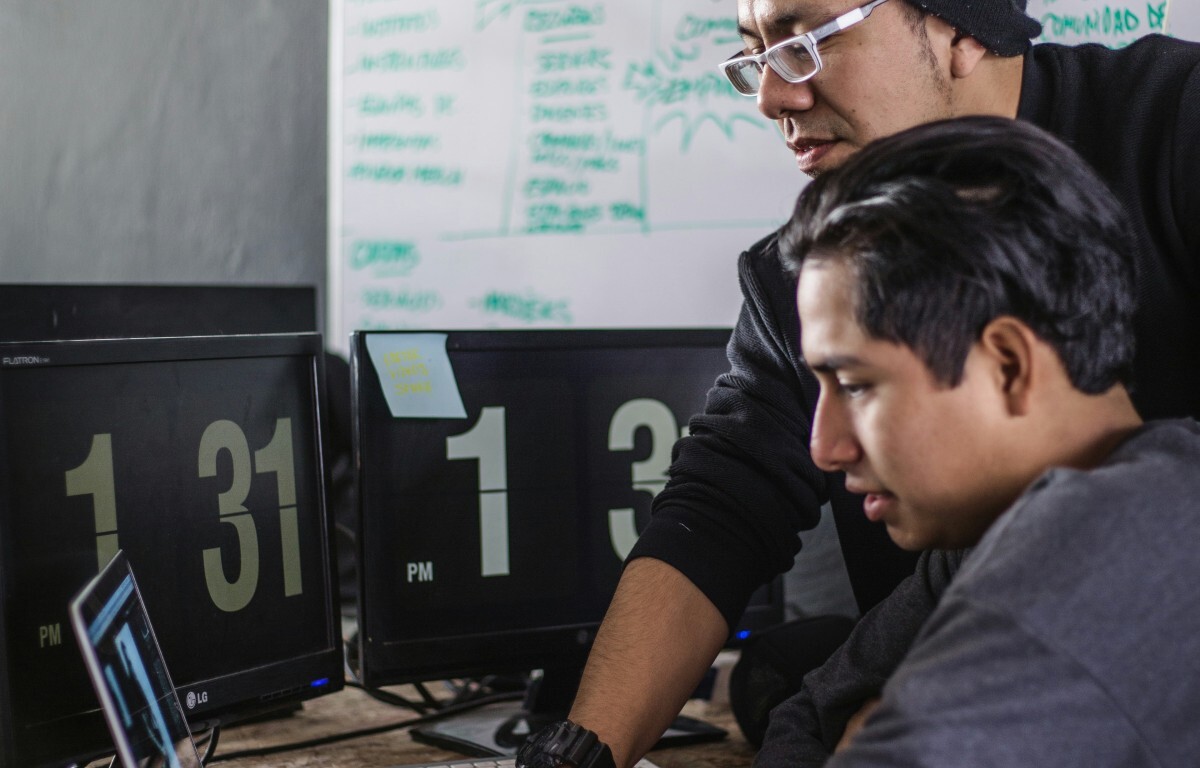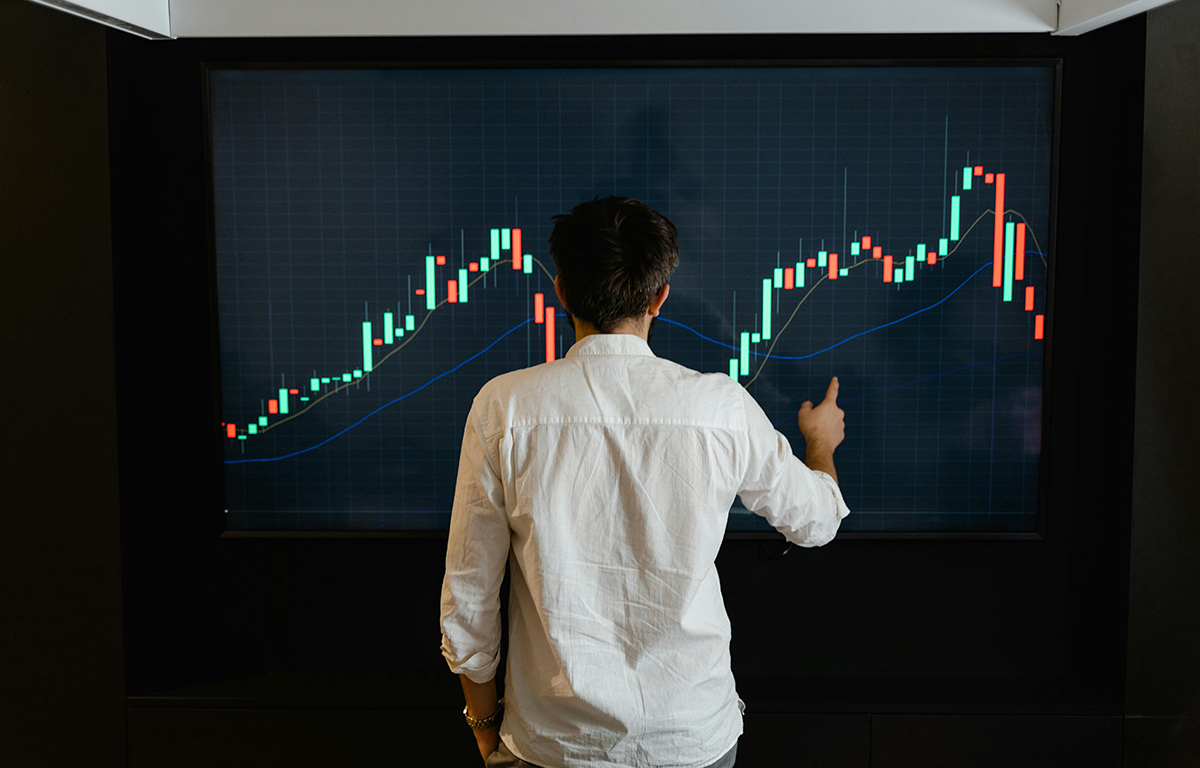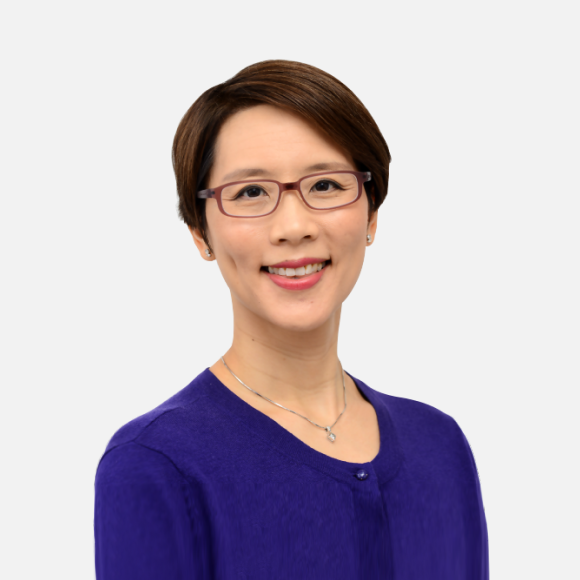
By Ming Tan, Founding Executive Director, Tech For Good Institute and Hamizah Myra, Research Assistant, Tech For Good Institute
Southeast Asia’s (SEA) digital economy continues to exhibit impressive growth and is estimated to reach a value of US$1 trillion by 2030. However, are the benefits of digital economy growth equitably enjoyed?
As the theme of this year’s International Women’s Day (IWD) is #InspireInclusion, it is important to look at the progress the region has made with respect to closing the digital gender divide. To review the latest snapshot of gender disparities in digital access and usage, we examine the Digital Gender Gap database by the University of Oxford’s Leverhulme Centre for Demographic Science.
The Digital Gender Gap database leverages big data and publicly available data sources to provide up-to-date ratios of female-to-male internet use.1 For this article, we focus on the database’s internet and mobile gender gaps which use Facebook data combined with other indicators such as the Human Development Index and Gross Domestic Product. A score of 1 indicates parity between access of male and female to internet and mobile use. This innovative blend of data is highly correlated with statistics from the International Telecommunication Union (ITU) and Global System for Mobile Communications Association (GSMA) respectively, with the additional benefit of being available more frequently and for more countries. Using Facebook data, for example, gender gaps can be tracked monthly.
As we work to #InspireInclusion, we also need to lean on innovative data sources and methods to measure indicators relevant to our progress. The Digital Gender Gap database is one such effort employing big data and novel methods to provide the evidence we need to hold ourselves accountable to the commitment to build a world where every individual has the opportunity to thrive and contribute to shared prosperity.2
Source: Digital Gender Gap Database, 2024
Southeast Asia-6 (SEA-6) economies have made strides towards closing the digital gender gap. As of January 2024, SEA-6’s regional average (0.96 for internet gender gap and 0.98 for mobile gender gap) is higher than the global average (0.89 for internet gender gap and 0.93 for mobile gender gap). Relative to its regional neighbours, Malaysia and Indonesia have room for improvement to further close the digital disparity between men and women. Collectively, a continuing challenge for the region is to ensure that opportunities to participate in the digital economy are equitably distributed throughout society. This is especially crucial given the rapid digital adoption throughout the region. In fact, approximately 100 million of the region’s 493.4 million internet users came online between 2019 to 2022.
Strategic Imperative: Driving Inclusive Growth in Southeast Asia
Of course, access and usage is only the first step in inclusion. Inclusion is a much broader goal that involves holistic empowerment that would enable meaningful participation in the digital economy. This includes efforts to:
- Ensure affordable quality access to digital infrastructure: Offering technical support, financing, and innovative solutions targeted at addressing the specific needs of women is crucial to promote equitable access to digital infrastructure development. This requires collaboration among multilateral organisations, governments, and digital economy companies.
- Foster safe participation in the digital space: Mere access to digital tools is insufficient. Women must also feel safe and empowered to utilise them effectively. A study by SG Her Empowerment in 2023 reported that one in two people in Singapore have experienced online harms while three in 10 of them experienced gender-based online harms. Building trust in the digital ecosystem is vital to unlock the potential of digital inclusion and a whole-of-society approach is needed to keep the online space safe.
- Enable livelihoods through the digital economy: Bridging the gender gap is also about changing attitudes on how women are perceived in society. Digital technologies can increase economic opportunities for women and help in empowering them. Ride-hailing apps, for example, can reduce barriers to entry for women to work as drivers in this traditionally male-dominated industry. Suryati Binti Basra, from Malaysia, for example, used to be a caterer but started driving part-time when she started a PhD in Education. In her words, “I drive to pass time in between my classes and also to supplement my income. I have three kids all studying in boarding school, …. When they do come back for the holidays or the weekend, I have the freedom to drive less so I can spend more time with them.” Like Suryati, many women identify the ability to work when they want to as the key benefit of using ride-hailing apps. Safety features such as Audio Protect and Trip Monitoring help both female drivers and passengers feel safe, advancing transport equity.
- Nurture diversity at every level: Women make up 32% of the tech sector workforce in Southeast Asia. More needs to be done to attract girls and women into the sector. United Women’s “Girls2Pioneers” is one such effort. Over the last 10 years, more than 30,000 girls have participated in the programme to cultivate skills in technology, design and construction, research, strategic planning, improvisation and engineering, to encourage them to pursue careers in traditionally male-dominated STEM fields. Just as importantly, diversity has to be reflected at all levels of the company. Only 15% of CEO and board-level positions are held by women in Southeast Asia, across all industries. Having women role models in leadership positions is imperative, while female leadership is helpful in driving a more supportive and nurturing work environment.
With girls and women accounting for just over half of the population in Southeast Asia, closing the digital divide is not just a matter of equality; it is a strategic imperative for driving inclusive growth within the region and harnessing the full capability of Southeast Asia’s digital transformation. Access to and usage of digital technologies can empower women in their roles as citizens, consumers, workers, and business owners to become equal participants in the world of technology and labor. This, in turn, fuels the growth of the SEA digital economy by harnessing the untapped potential of women entrepreneurs and workers, driving innovation, and expanding the consumer base for digital products and services.
By fostering an environment of #InspireInclusion, we not only empower women but unlock the region’s collective potential, paving the way for inclusive growth and prosperity across Southeast Asia.
1 For full details of the data and methods, see: Fatehkia M, Kashyap R, Weber I. 2018. Using Facebook ad data to track the global digital gender gap. World Development 107:189-209. https://doi.org/10.1016/j.worlddev.2018.03.007
2 The Digital Gender Gap database is one of the publicly available resources featured in Tech for Good Institute’s Data Sources for Digital Financial Inclusion Research. This resource is a compendium of global data sources for key topics of inquiry in the digital economy.






